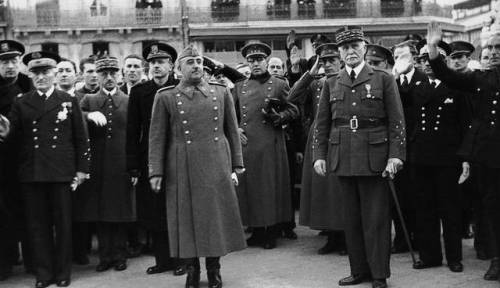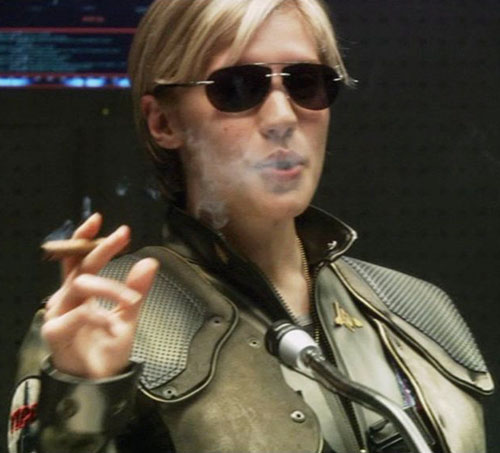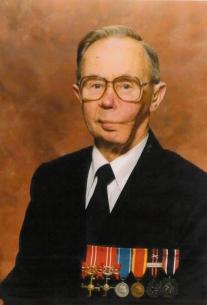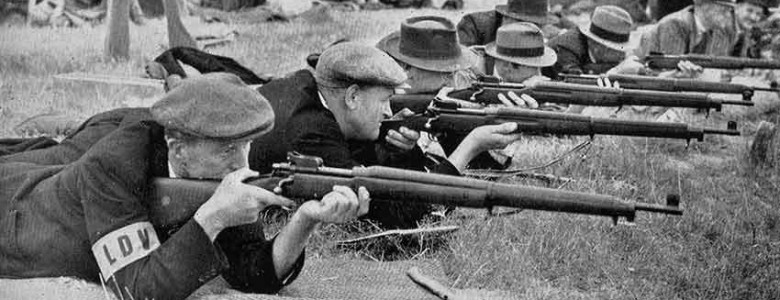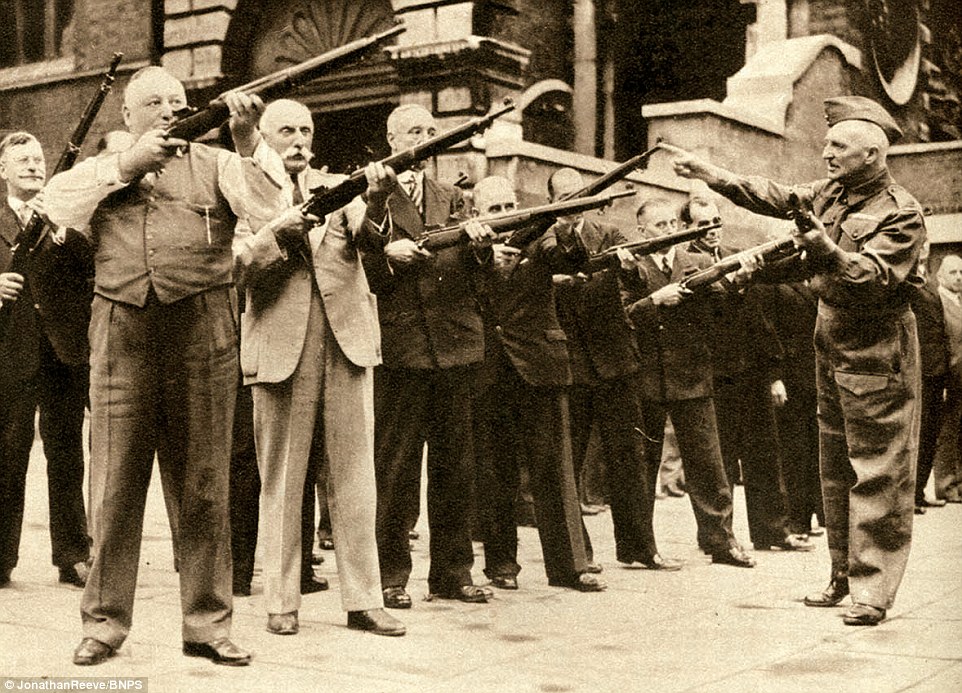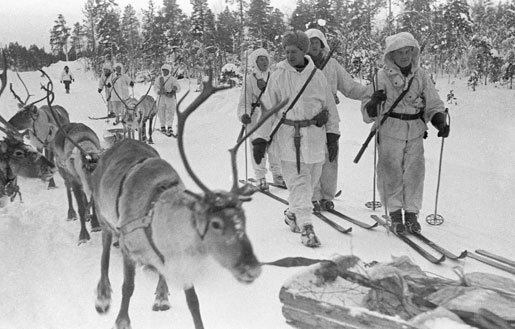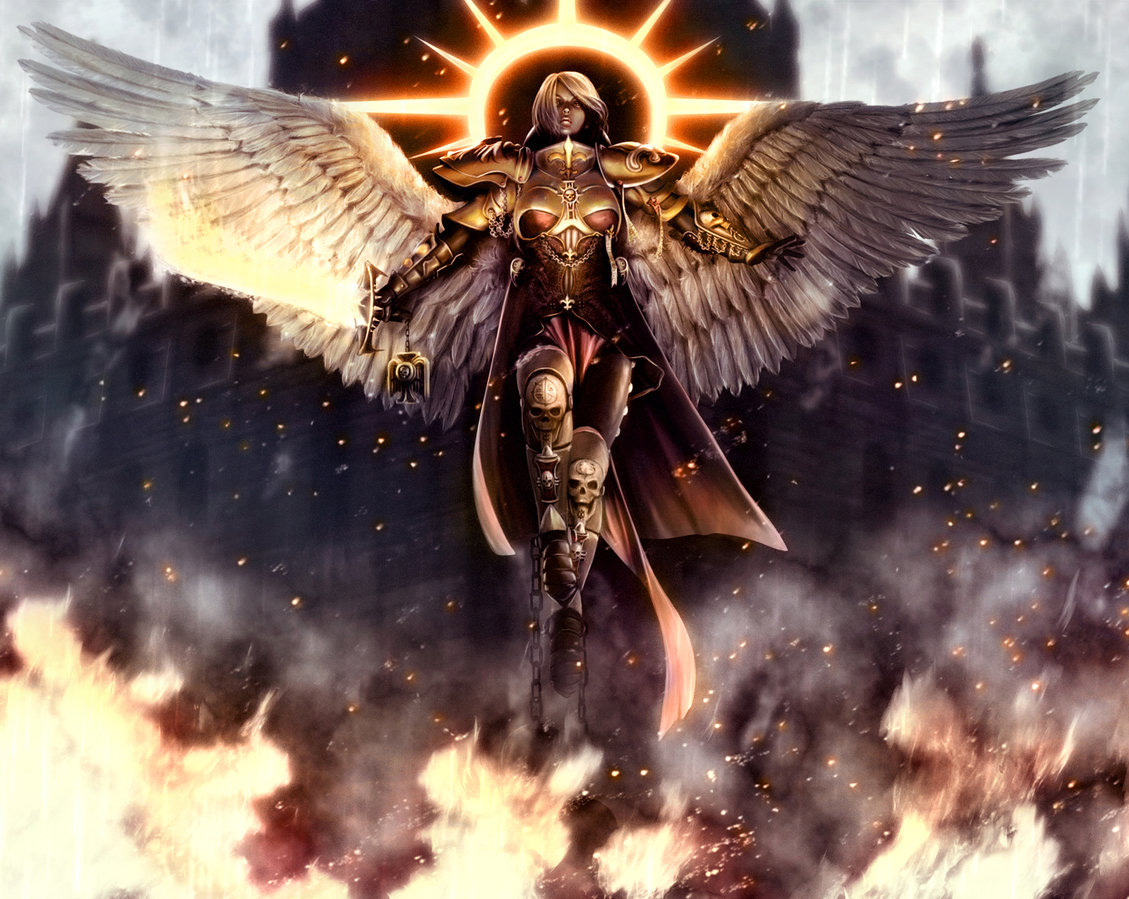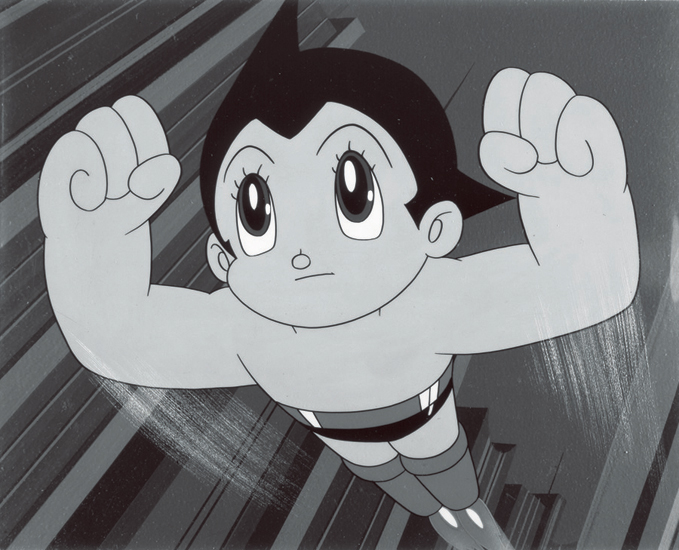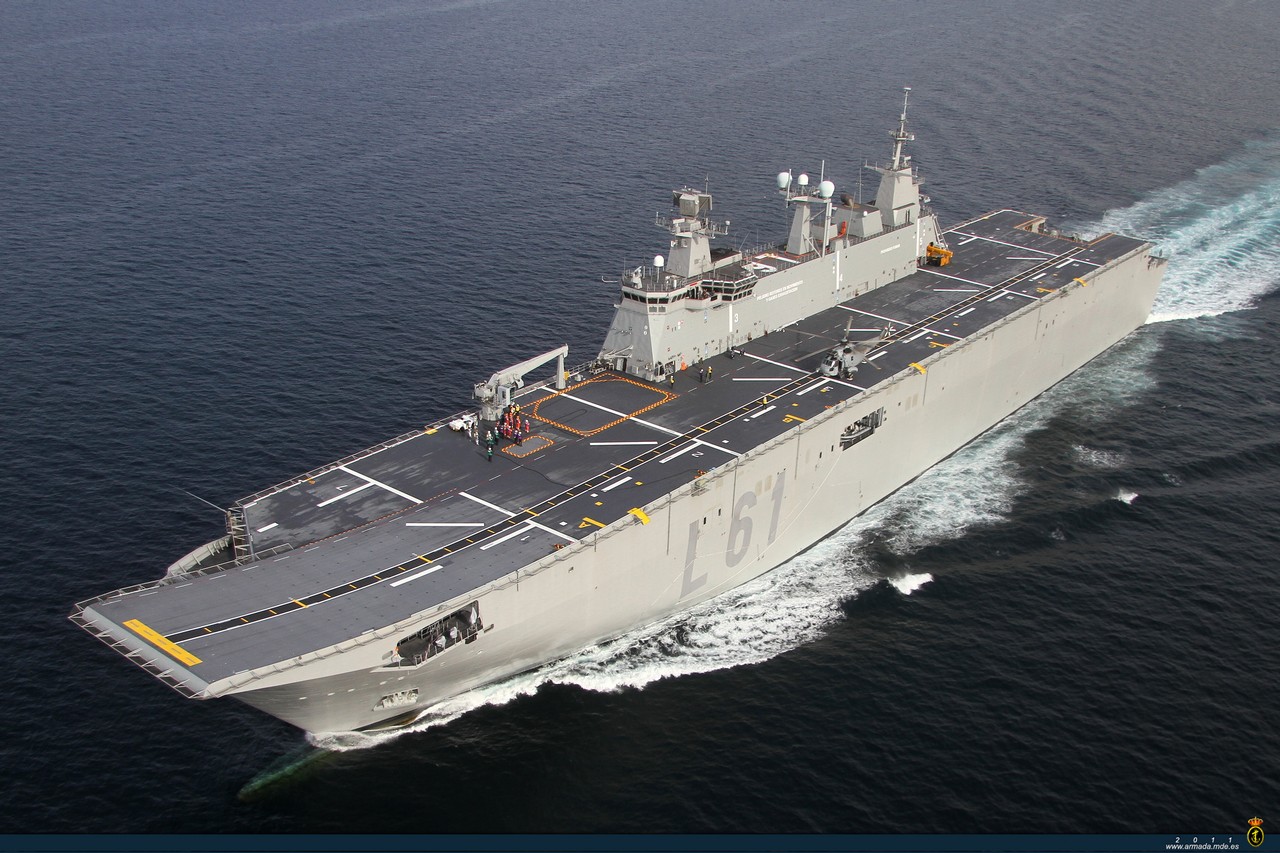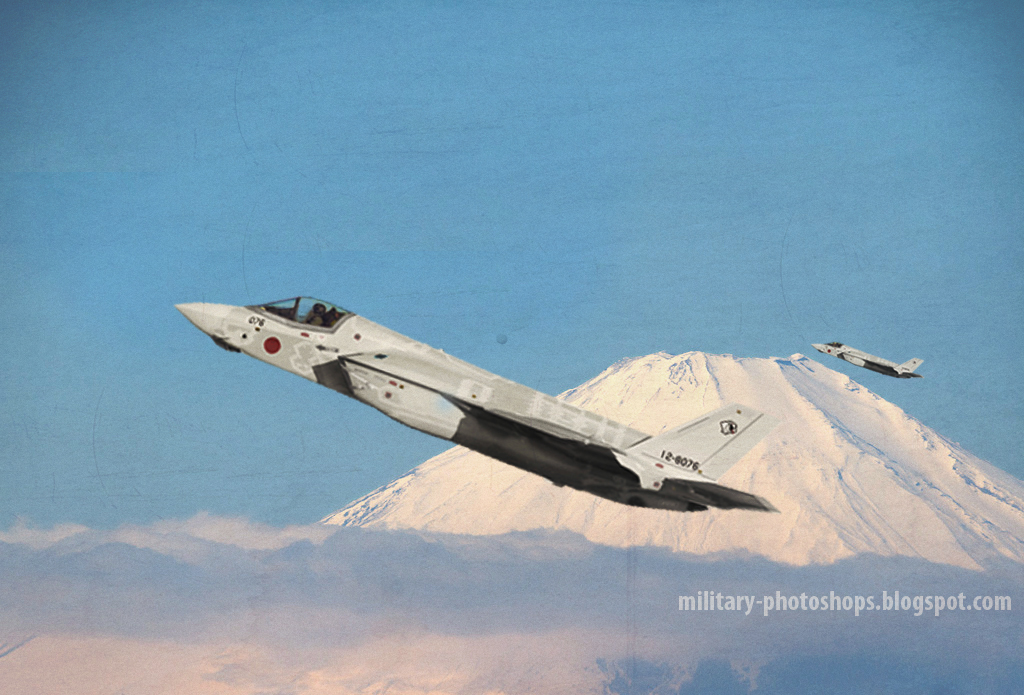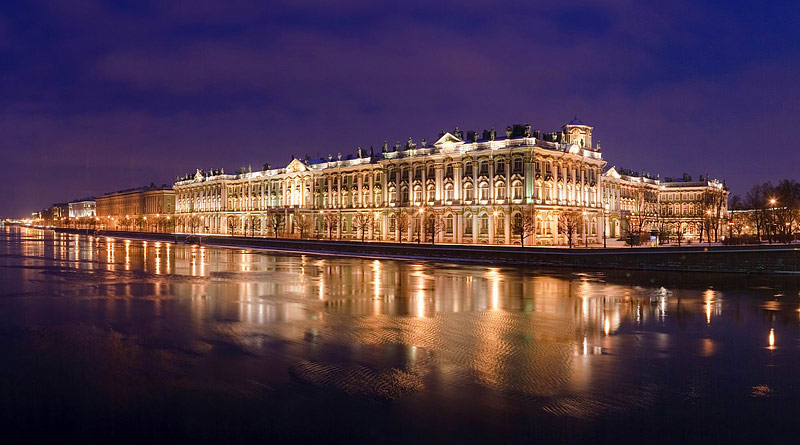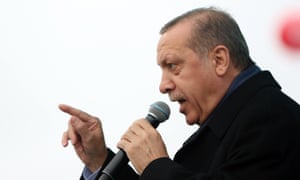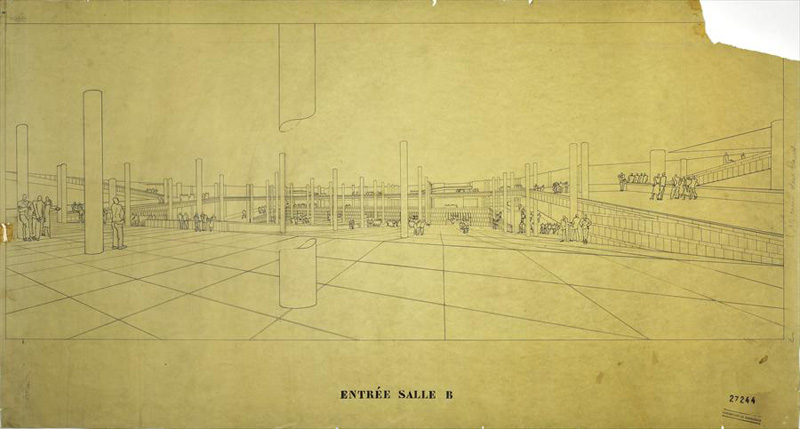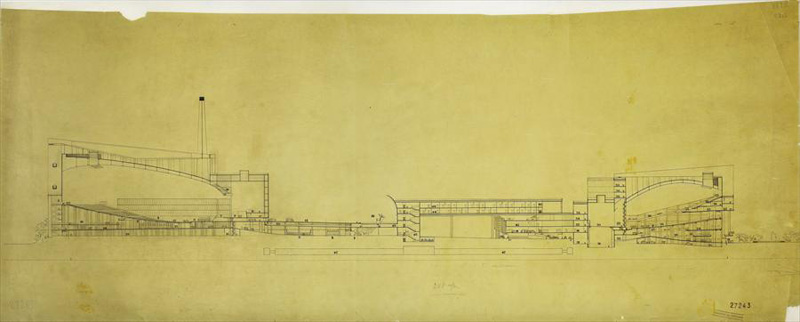Finnish Army
Eversti (Colonel) Simo "The White Death" Häyhä (1905-2005), a Finnish moose hunter, dog breeder, and ex-soldier who was the single most lethal human being (in terms of confirmed, direct kills) in history.
Before the Second Weltkrieg, Häyhä was a simple farmer who sometimes joined and easily won shooting competitions. Preferring not to use a scope, Häyhä was something of a local hometown hero in Rautjarvi (a small town near the then-Russian border) when Boris Savinkov took power. When Savinkov launched an all-out assault on Mitteleuropa, Finland, seen as an easy mark, was invaded by a million soldiers of the Russian First National People's Army, led by political officers selected specifically for their loyalty to Boris Savinkov and their fanatical Russian-supremacism.
The result, predictably, was the loss of nearly the entire Russian First National People's Army. Häyhä himself accounted for more than three thousand Nat-Pop soldiers (confirmed kills only; his likely total is much, much higher); first as a sniper in the Finnish Army and then as a guerilla partisan, living alone off of the land and sniping Russian officers and disrupting supply lines. Häyhä spent a total of over five years fighting alone as a guerilla in Russian-held territory before the Internationale's massive invasion of western Russia gave Mitteleuropa the chance to re-take eastern Europe, including Finland. During that period, the Russians tried frantically to stop Häyhä's activity, without success.
--He killed the counter-snipers.
--Artillery strikes of his suspected hideouts did nothing; he just moved to more hideouts.
--Firebombing the forests where he hid failed; after the war, Häyhä confirmed that he'd had to replace a coat that got burned but otherwise escaped.
--Sending armor convoys through to smoke him out just got anyone who stuck their head up headshot.
--Putting extra guards on "Motherland-Purification Bases" (concentration camps) only got more jackbooted goons headshot.
--He tended to steal and salvage Russian guns, so they couldn't even count on him running out of ammo.
Finally, when the Germans and their allies began pushing the Russians back, Häyhä was recovered from Russia and moved to the front lines, where the Russians finally took him out. The legendary sniper (now promoted to Major) was shot in the left side of his jaw by an exploding bullet from an antimateriel rifle. The impact wasn't enough to kill Häyhä, who managed to stumble away from the battlefield just long enough to salute his 2IC, sputter out something that might've been "Take over" or something of the sort, and passed out. He was carried away and transported back to Helsinki, where he woke up a mere week later. Häyhä demanded to be sent back to the Russian front, a request that was denied; he was officially removed from duty for convalescence and feted as a national hero, but managed to negotiate a return to duty, and was airlifted into Russian territory, where he spent the last two months before Russian surrender tearing apart their officer structure as a guerilla fighter again.
Häyhä was responsible for the liberation of a total of three of Savinkov's "Motherland-Purification Bases", the total disintegration of Russian command structure on the Finnish front, and according to most military analysts the survival of the Finnish state as an independent entity during the war. He attempted to retire after the war to his simple life in Rautjarvi, but was prevented from doing so by the massive amounts of national attention given to him for the literal mountain of Russian ident tags that he'd amassed. Frustrated, he eventually moved to German-allied Estonia (part of the former United Baltic Duchy) and refused to give interviews, only moving back twenty years later when the Estonians started to cotton on to what a hero they had in their midst. He didn't announce his return, so he had a full three months before the first horde of well-wishers showed up on his doorstep. Häyhä notably disliked discussing his war experiences, particularly his time behind Russian lines.
Häyhä eventually found peace when he retired to a nursing home at the age of 85. He spent his final years reading and winning games of darts, before his death in 2005 at the age of 100. In addition to every medal awarded by the Finnish military, Häyhä was also awarded the Iron Cross, an American Hero of Syndicalist Labor, and numerous accolades from Estonia, Sweden, and Ukraine. He remains ridiculously popular in Finland, where a hundred thousand people took part in his state funeral (sadly despite his wishes to be given a private funeral presided over by his family), most of the German bloc, and in military history circles, where he's the most popular barometer for sniping skill and is the subject of literally millions of comparison memes. Häyhä is also a spectacularly popular subject of alternate-history novels and discussion, even in the Third Internationale.
OOC: Fighting Savinkov's goon squad as they took half of Finland was not pleasant and not even Simo Häyhä could pull that off unscarred.


